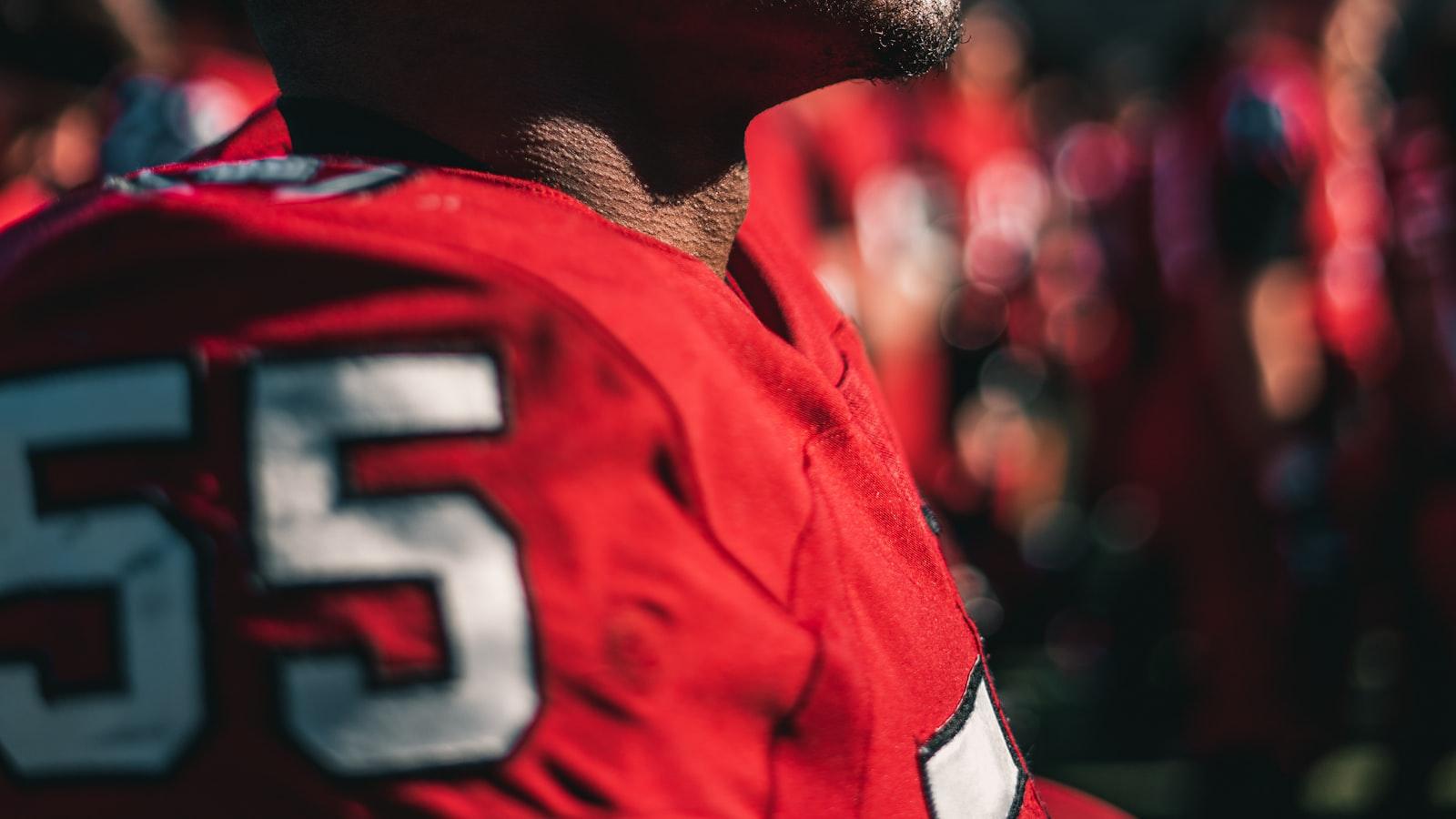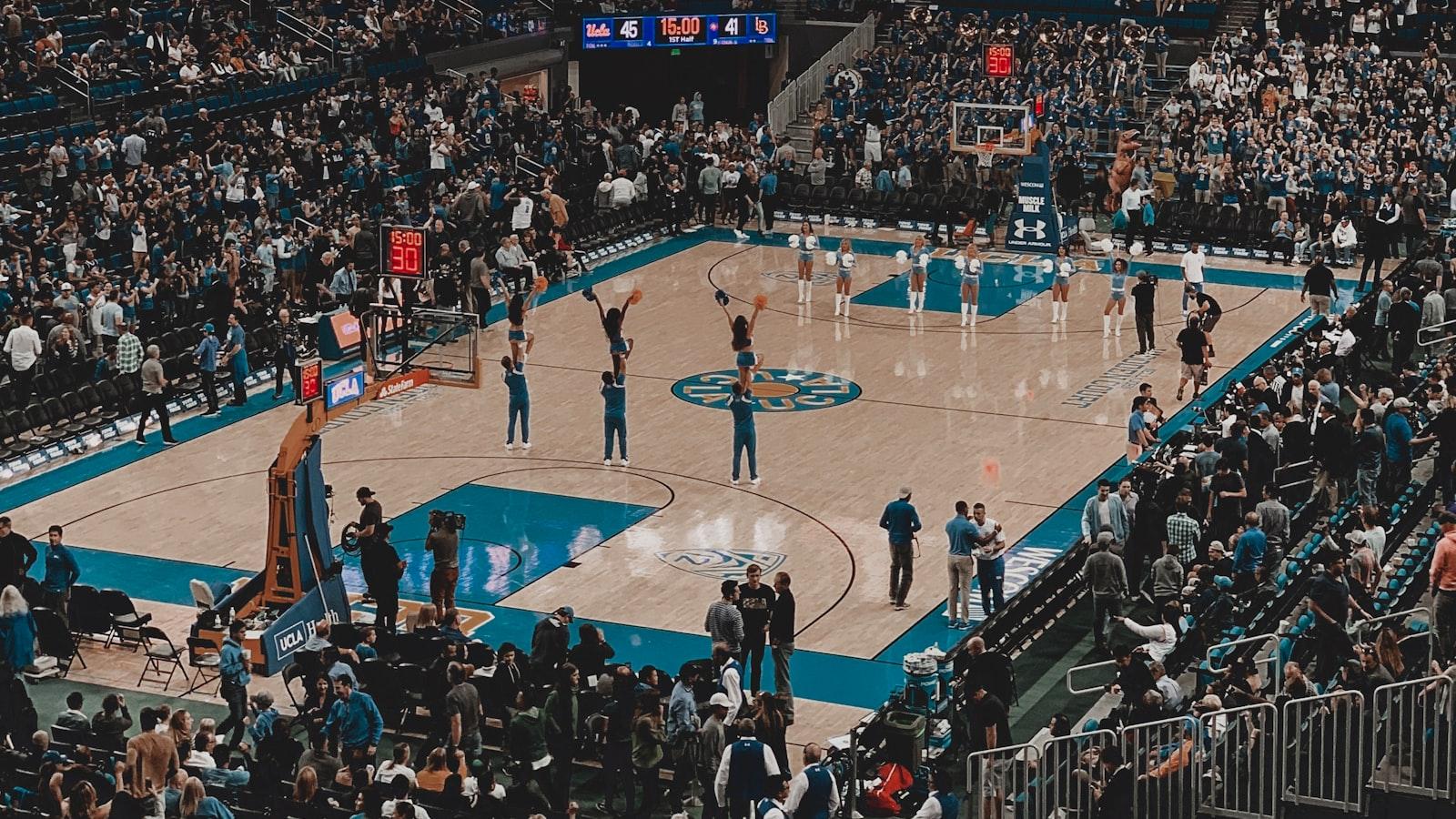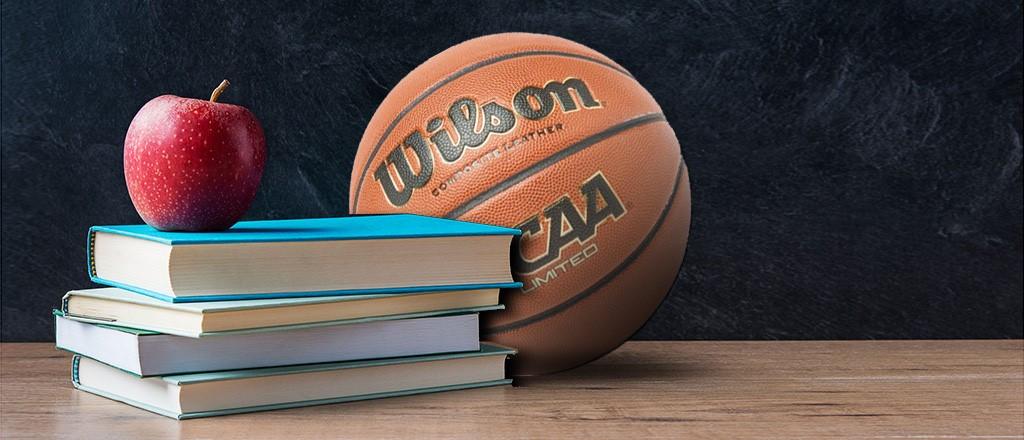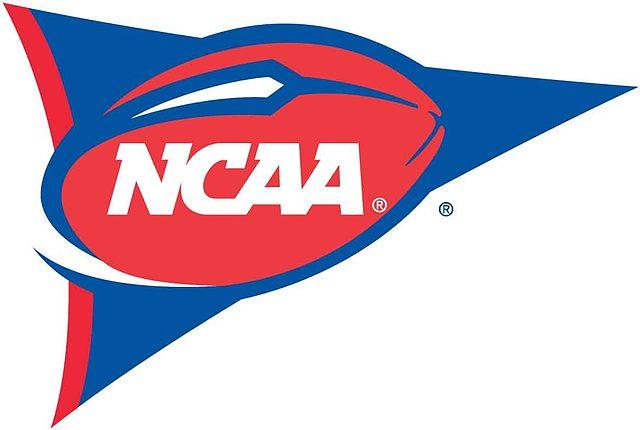In a groundbreaking move that could forever change the landscape of college sports, the NCAA has announced a new policy that grants immediate eligibility to student-athletes who transfer schools, regardless of how many times they have switched institutions. This decision has sent shockwaves throughout the collegiate athletics world, promising to reshape the way transfers are viewed and managed moving forward. Let’s delve into the implications and potential ramifications of this unprecedented ruling.
The Impact of NCAA’s New Transfer Rule on Student-Athletes
Student-athletes across the country are celebrating the NCAA’s new transfer rule, which allows them to be immediately eligible to play for their new schools, regardless of how many times they have switched. This groundbreaking change gives athletes more freedom and flexibility in their college careers, empowering them to make decisions that are in their best interests.
This rule not only benefits the athletes themselves but also has wide-reaching implications for college sports as a whole. It levels the playing field and encourages a more competitive environment, as schools will now have more opportunities to recruit talented players who may have previously been hesitant to transfer due to eligibility concerns. Ultimately, this new rule promotes fairness and opportunity for student-athletes, enhancing the overall experience for everyone involved in collegiate athletics.

Enhancing Fairness and Flexibility for College Athletes
The NCAA recently announced a groundbreaking change that will have a significant impact on college athletes across the nation. As of now, student-athletes who transfer to a new school will be immediately eligible to compete in their sport, regardless of how many times they have switched schools. This new policy aims to enhance fairness and flexibility for college athletes, allowing them to pursue new opportunities without being penalized for their previous transfers.
This decision comes as a welcome change for many student-athletes who have faced restrictions and barriers when trying to continue their athletic career at a different school. With this new rule in place, student-athletes will have more freedom to seek the best educational and athletic fit for themselves, without having to worry about sitting out a season due to transfer regulations. This change not only benefits individual athletes but also promotes a more competitive and diverse college sports landscape.

Navigating the Transfer Process Under the NCAA’s Updated Policy
Under the NCAA’s updated policy, student-athletes now have the freedom to transfer to a new school and be immediately eligible to play, regardless of how many times they have previously switched schools. This new rule eliminates the need for student-athletes to sit out a year before being able to compete, giving them more flexibility and control over their academic and athletic careers.
This change in policy is a game-changer for student-athletes looking to transfer for various reasons, whether it be for academic, personal, or athletic purposes. With the ability to transfer without penalty, student-athletes now have the opportunity to find the right fit for them without having to worry about losing a year of eligibility. This new policy opens up a world of possibilities for student-athletes seeking a fresh start or a better opportunity to showcase their talents on the field or court.

Strategies for Student-Athletes Considering Transferring Schools
The NCAA’s recent ruling allowing student-athletes to transfer schools and be immediately eligible, regardless of how many times they’ve switched, offers new opportunities for those considering a move. If you find yourself in this situation, consider these strategies to ensure a smooth transition:
- Research potential schools: Look into academic programs, athletic opportunities, and campus culture to find the right fit for you.
- Communicate with coaches: Reach out to coaches at schools you’re interested in transferring to discuss your athletic goals and opportunities for playing on their team.
In Conclusion
In conclusion, the new policy implemented by the NCAA marks a significant shift in the landscape of collegiate athletics. With the ability for transfers to be immediately eligible, no matter how many times they’ve switched schools, student-athletes now have more flexibility to pursue their academic and athletic aspirations. As we navigate this new era of college sports, it will be fascinating to see how this change impacts the dynamics of team rosters and competitions. Only time will tell the true implications of this decision, but one thing is certain - the world of college athletics will never be the same again.
